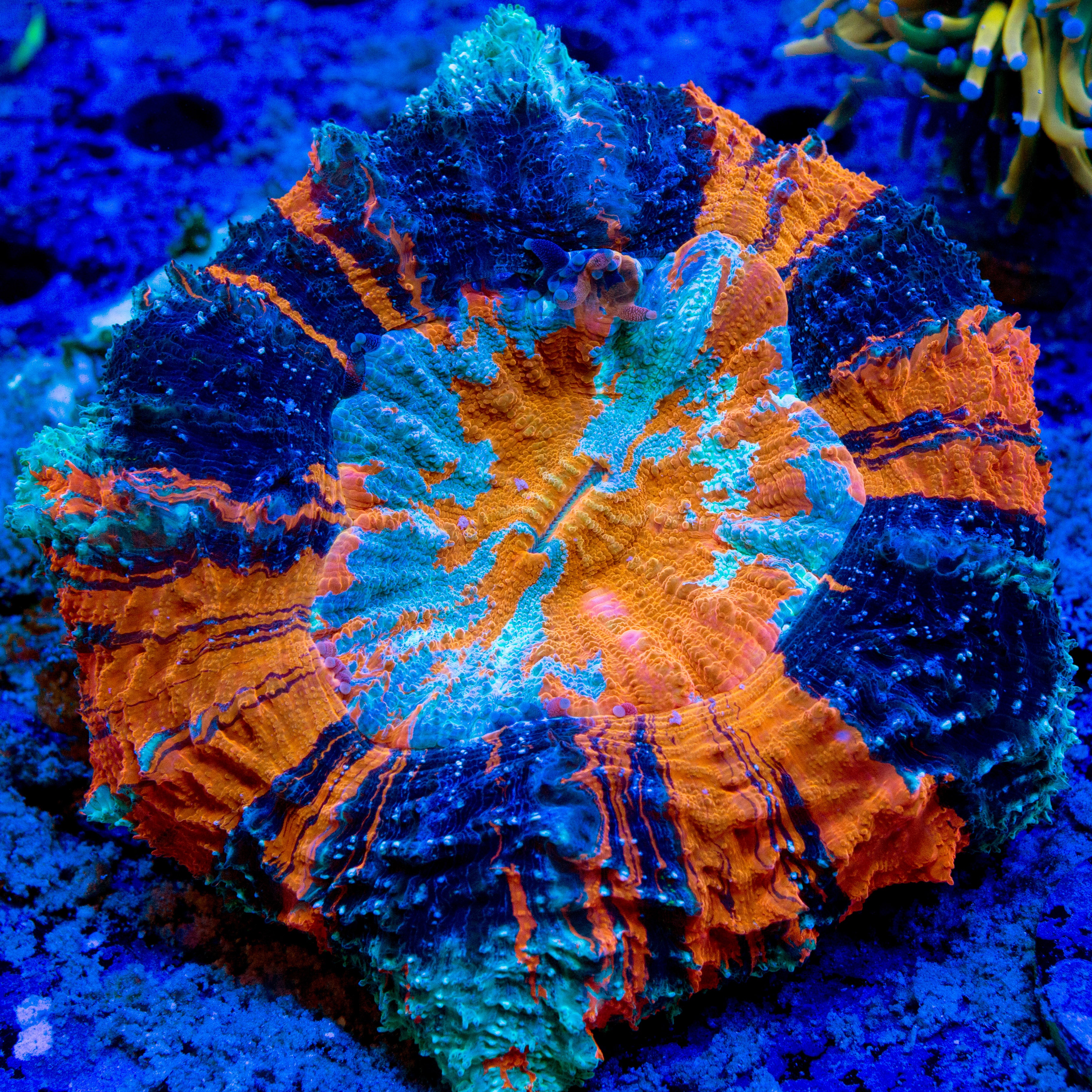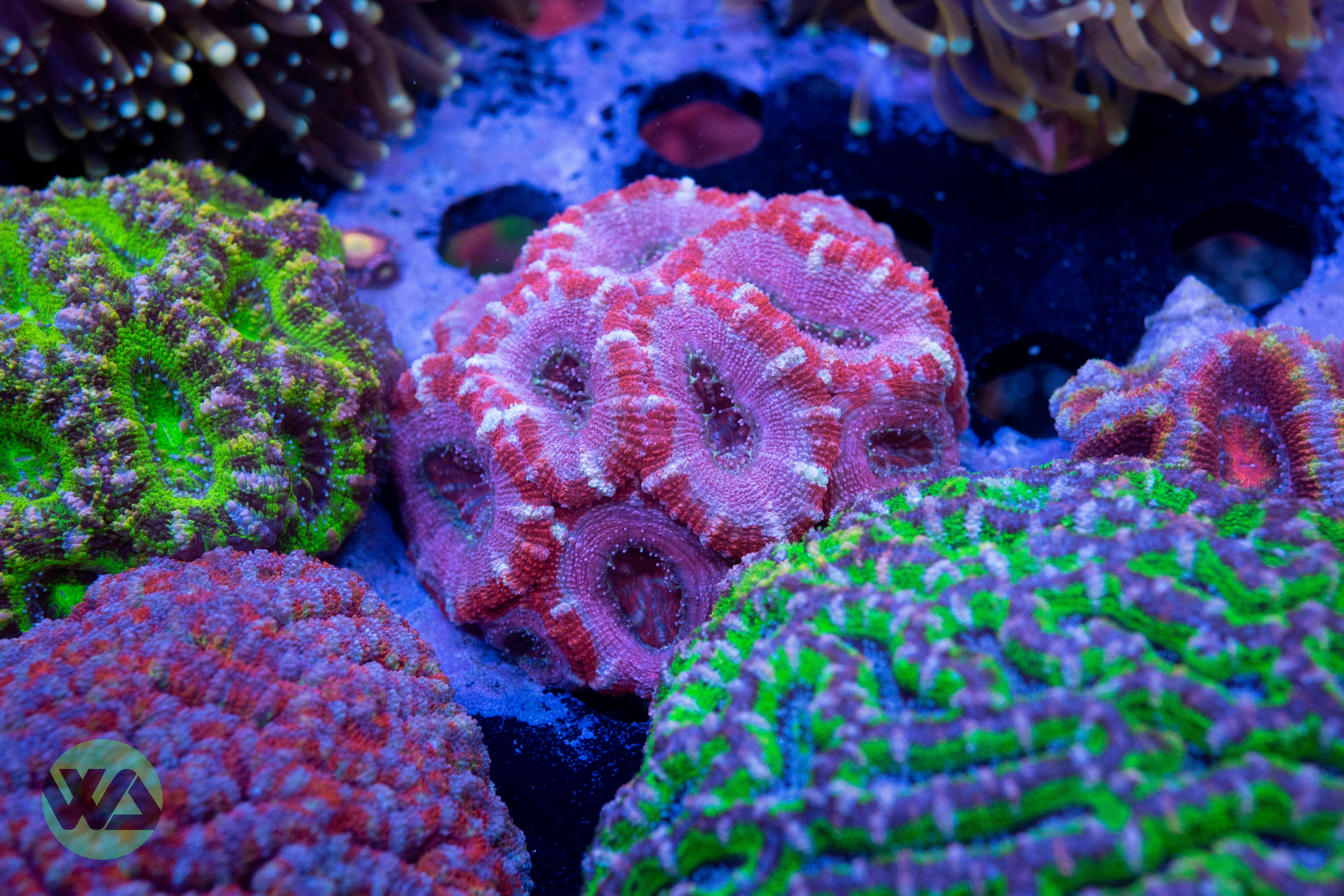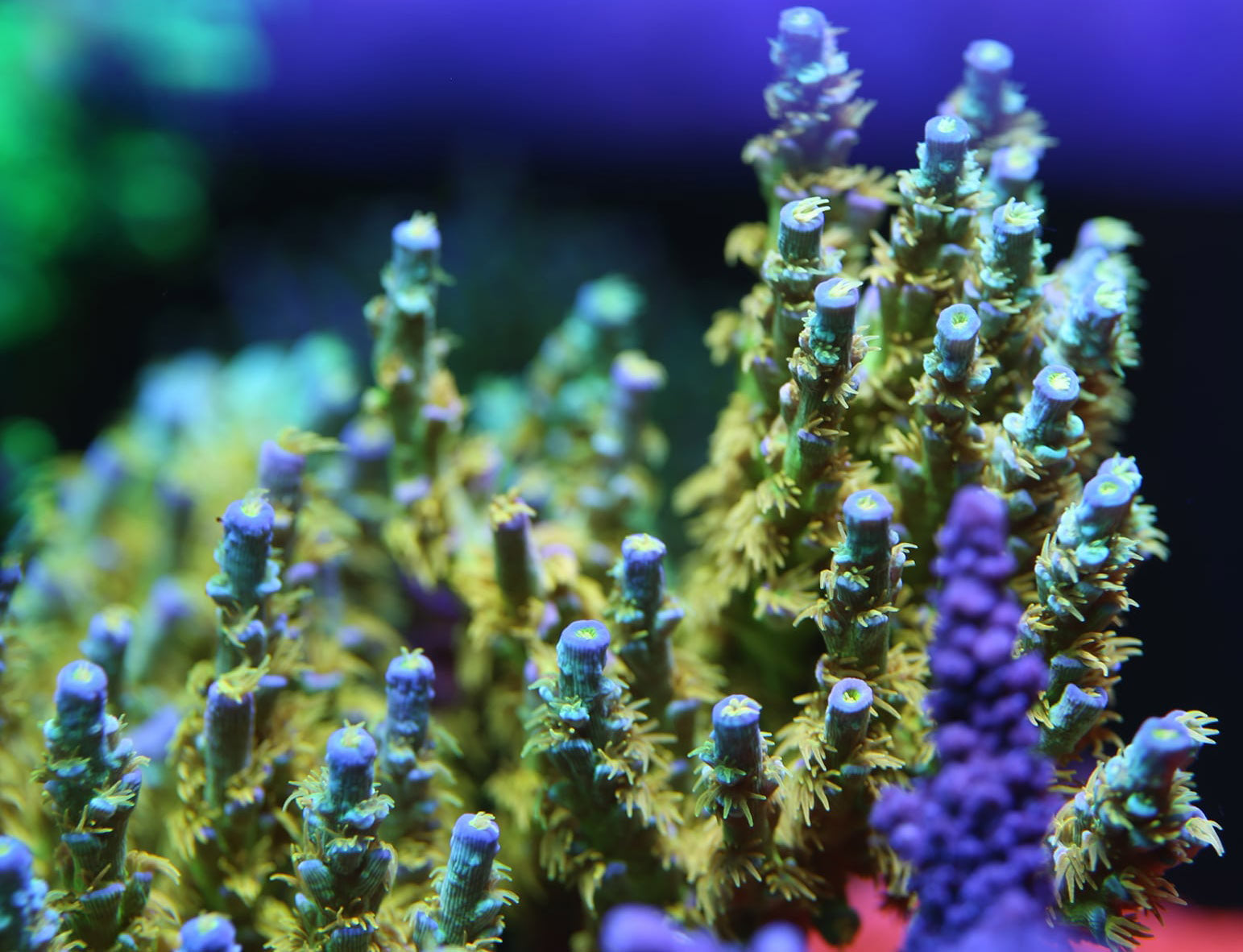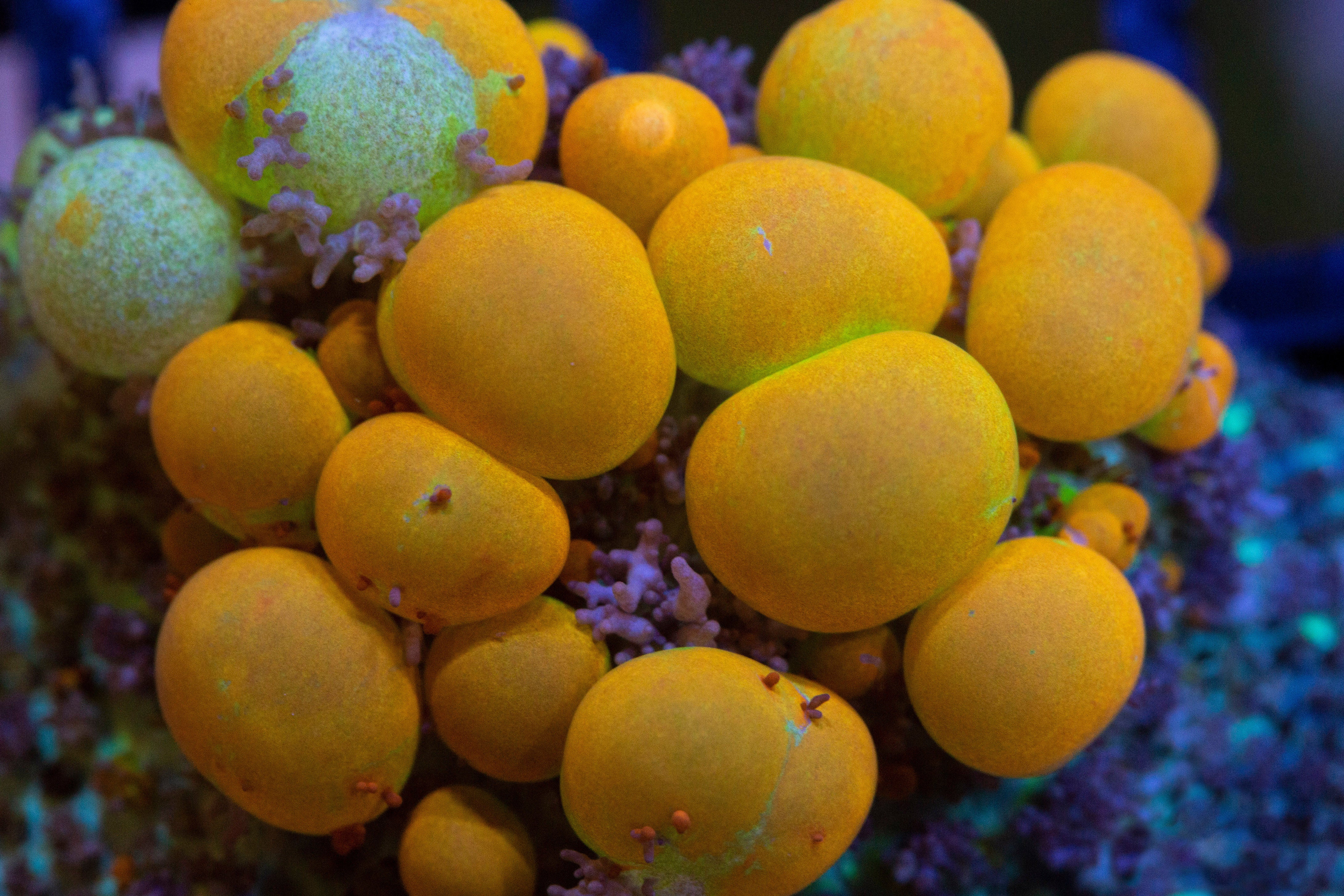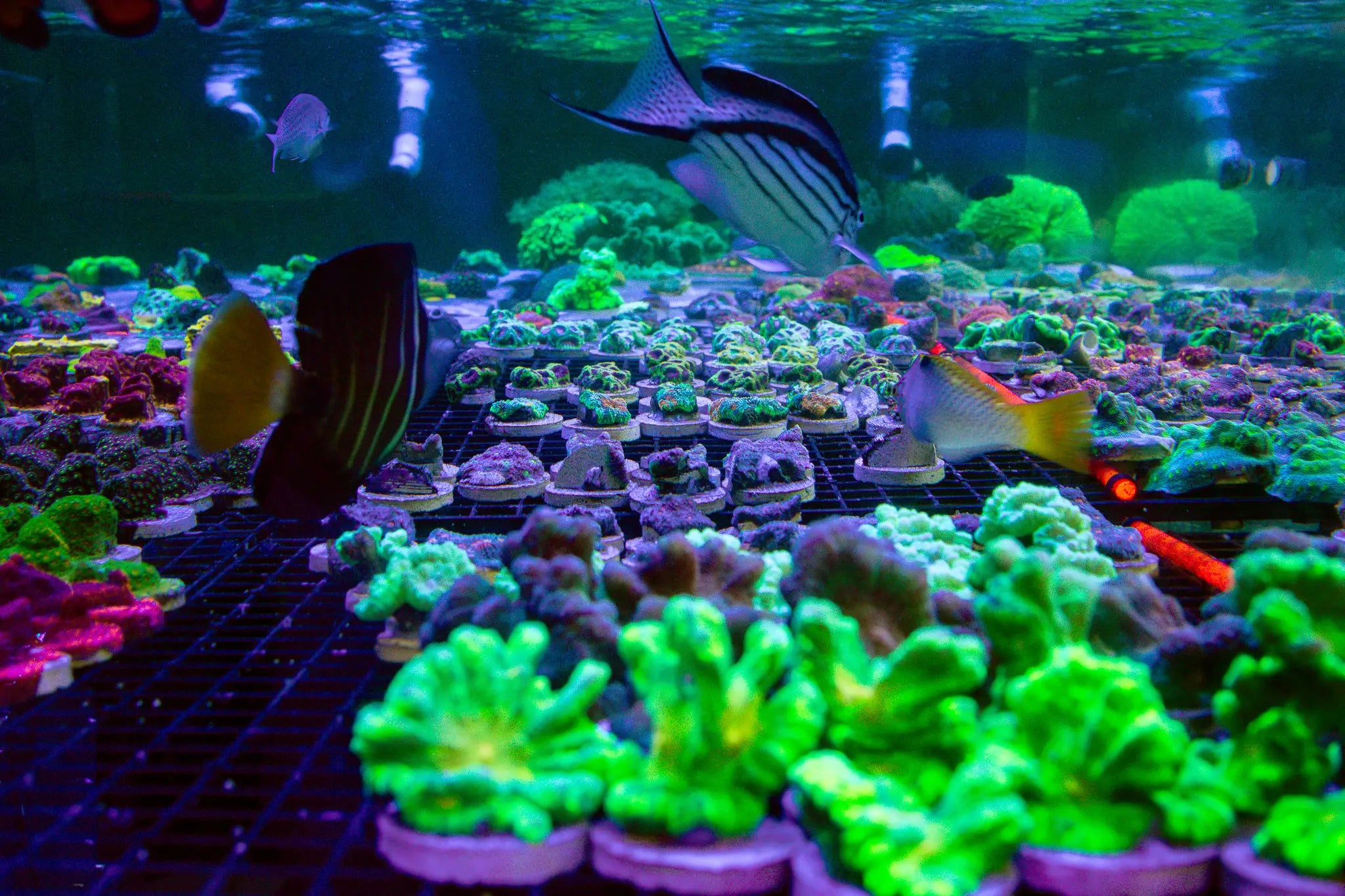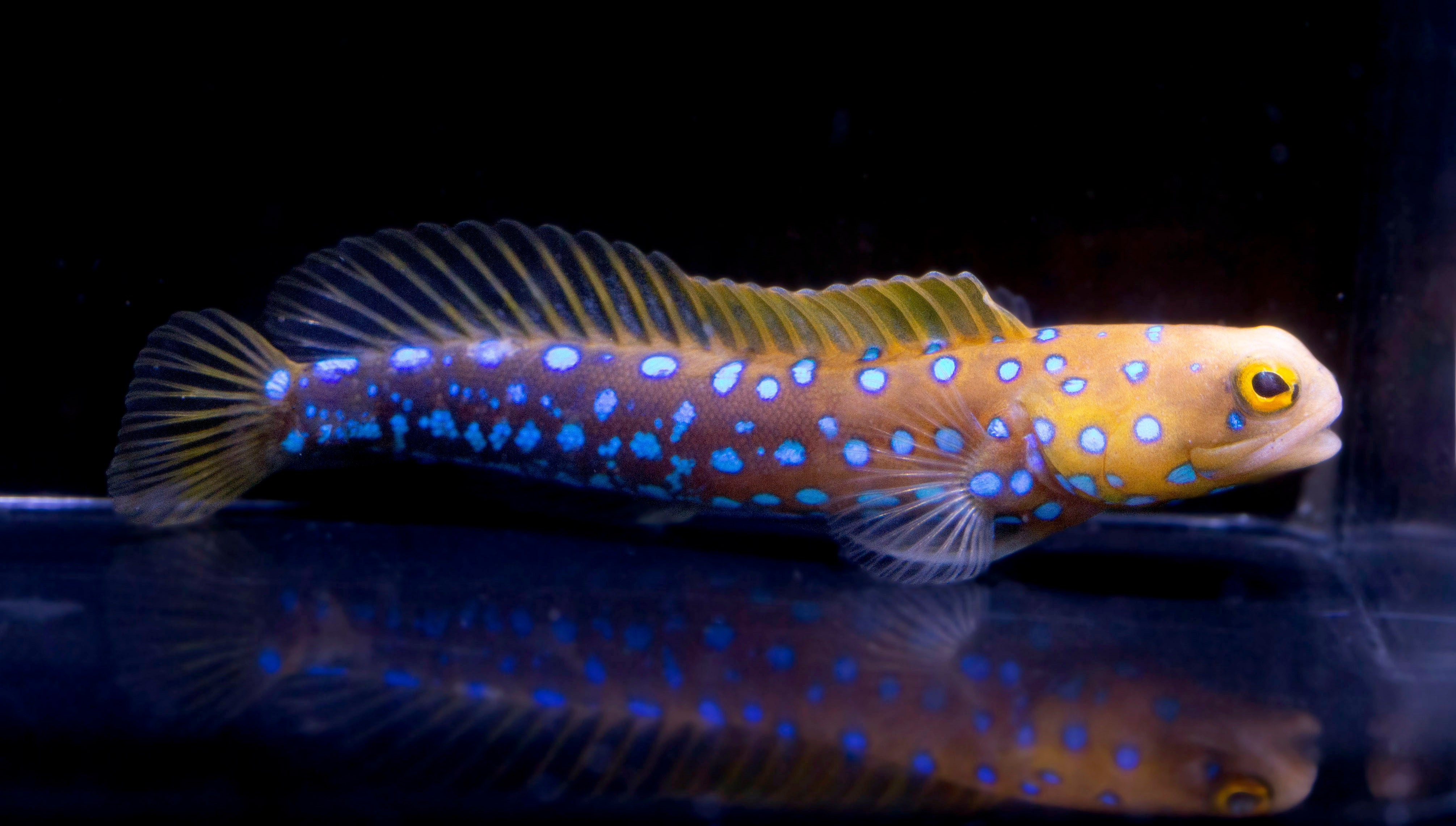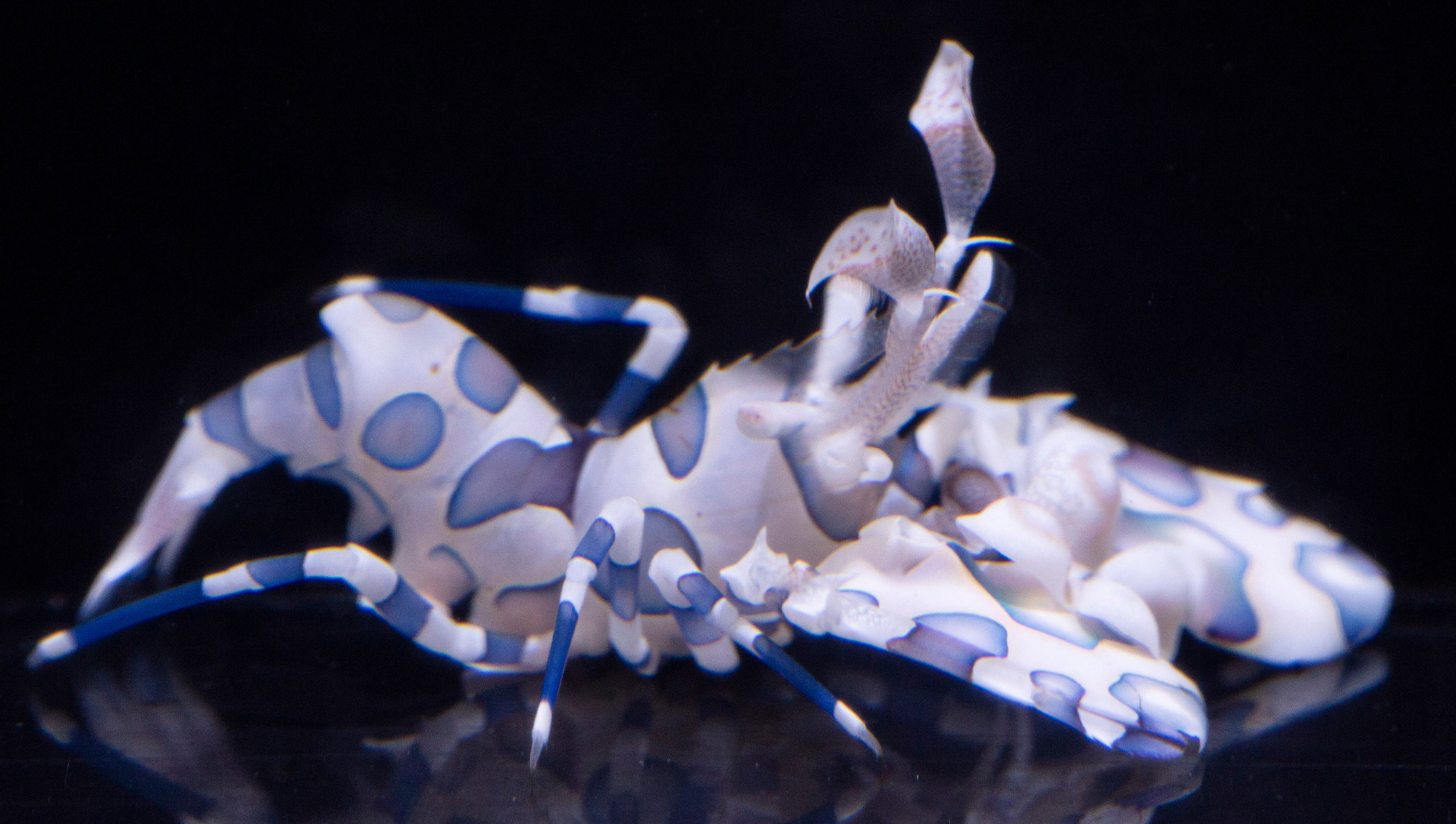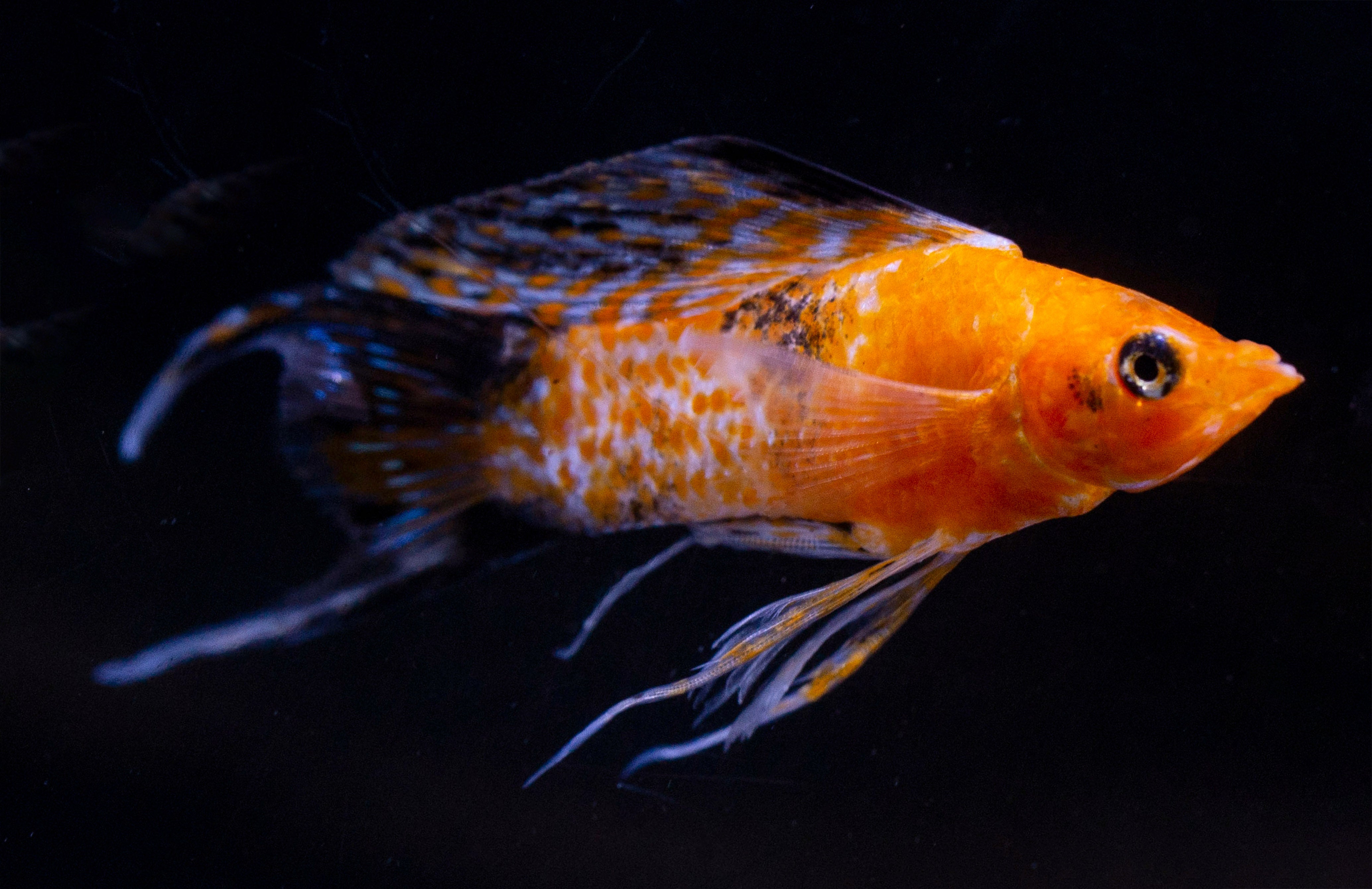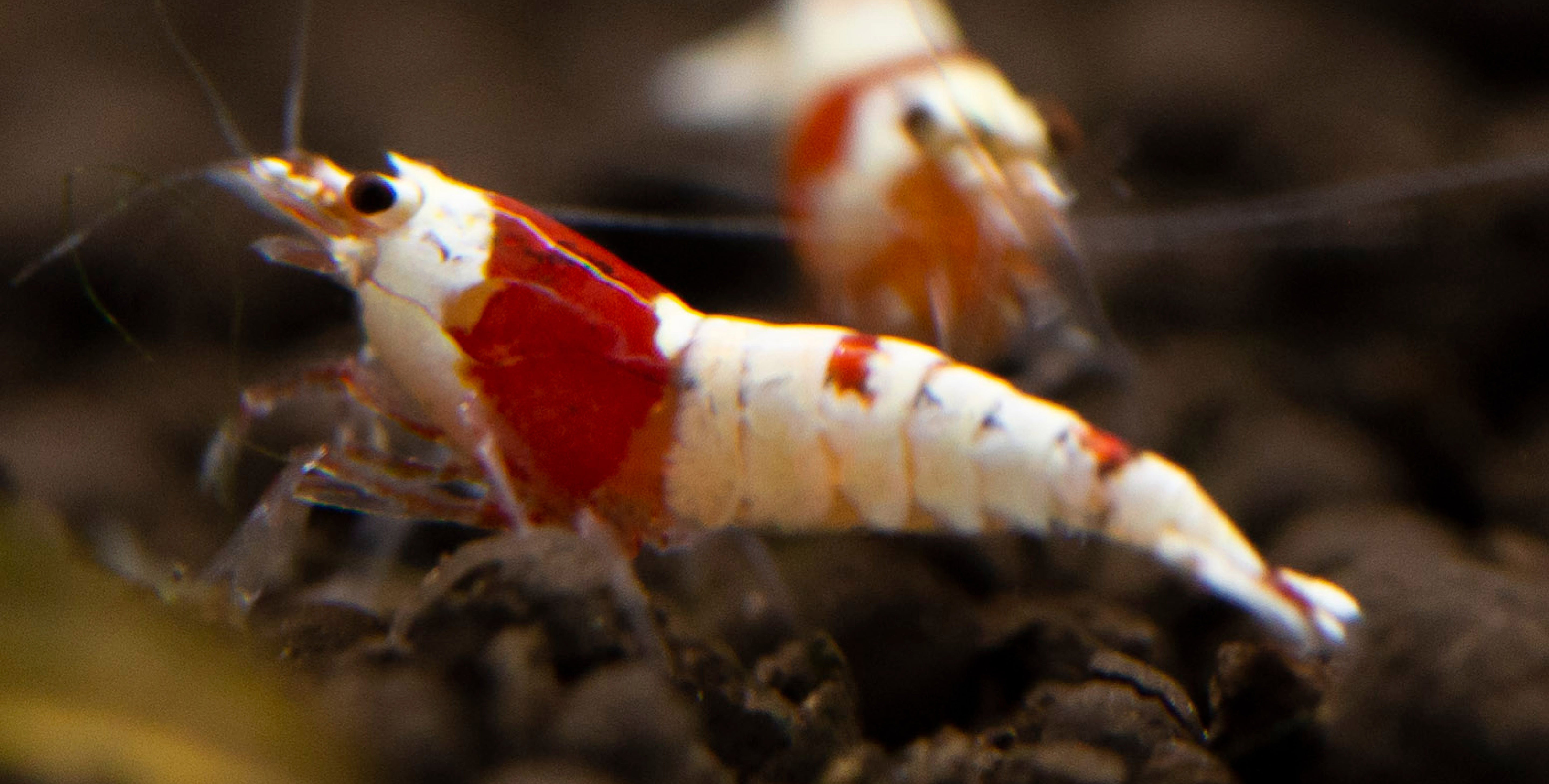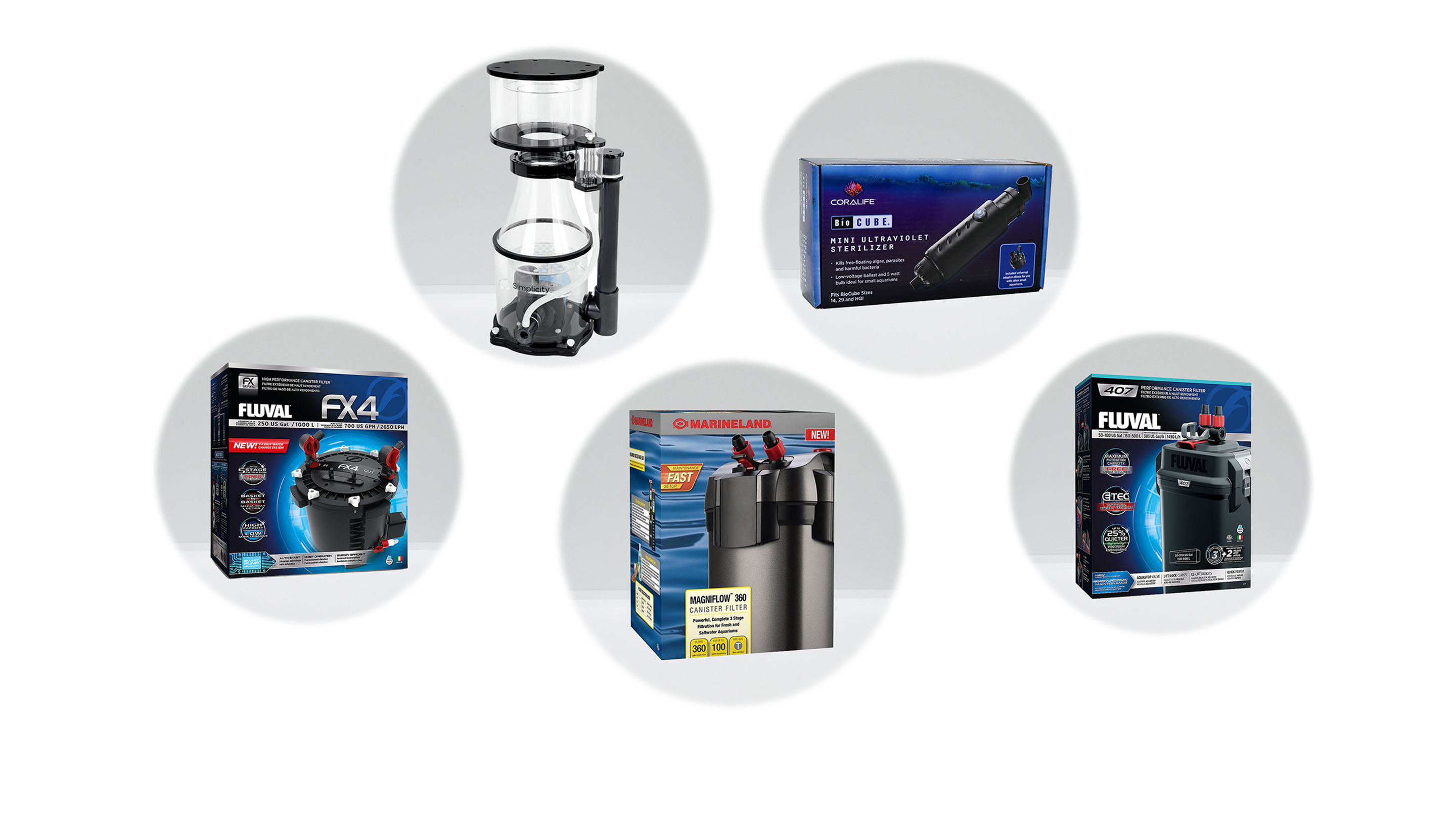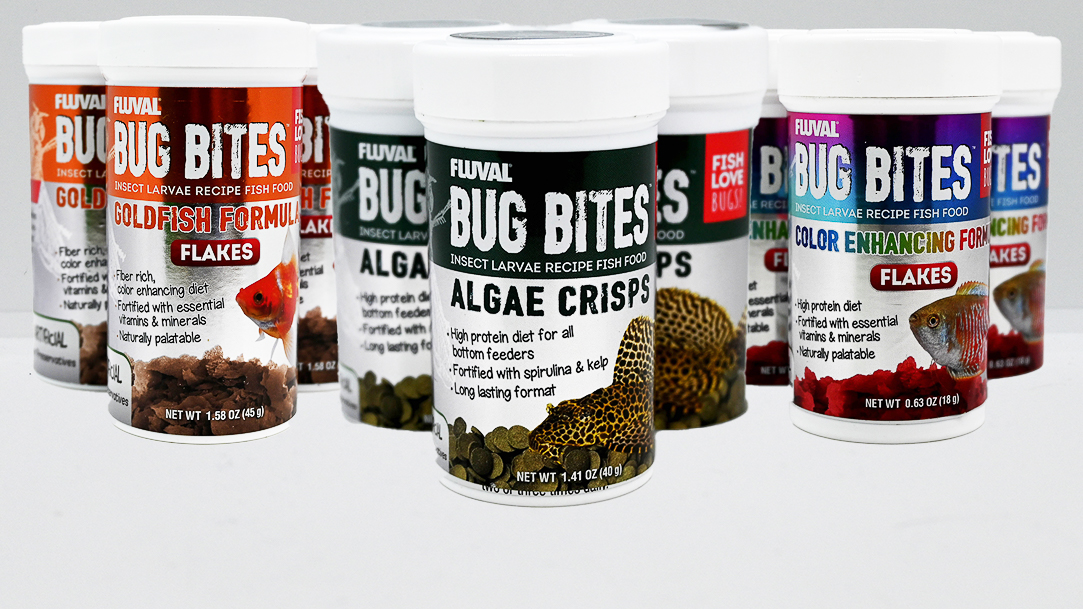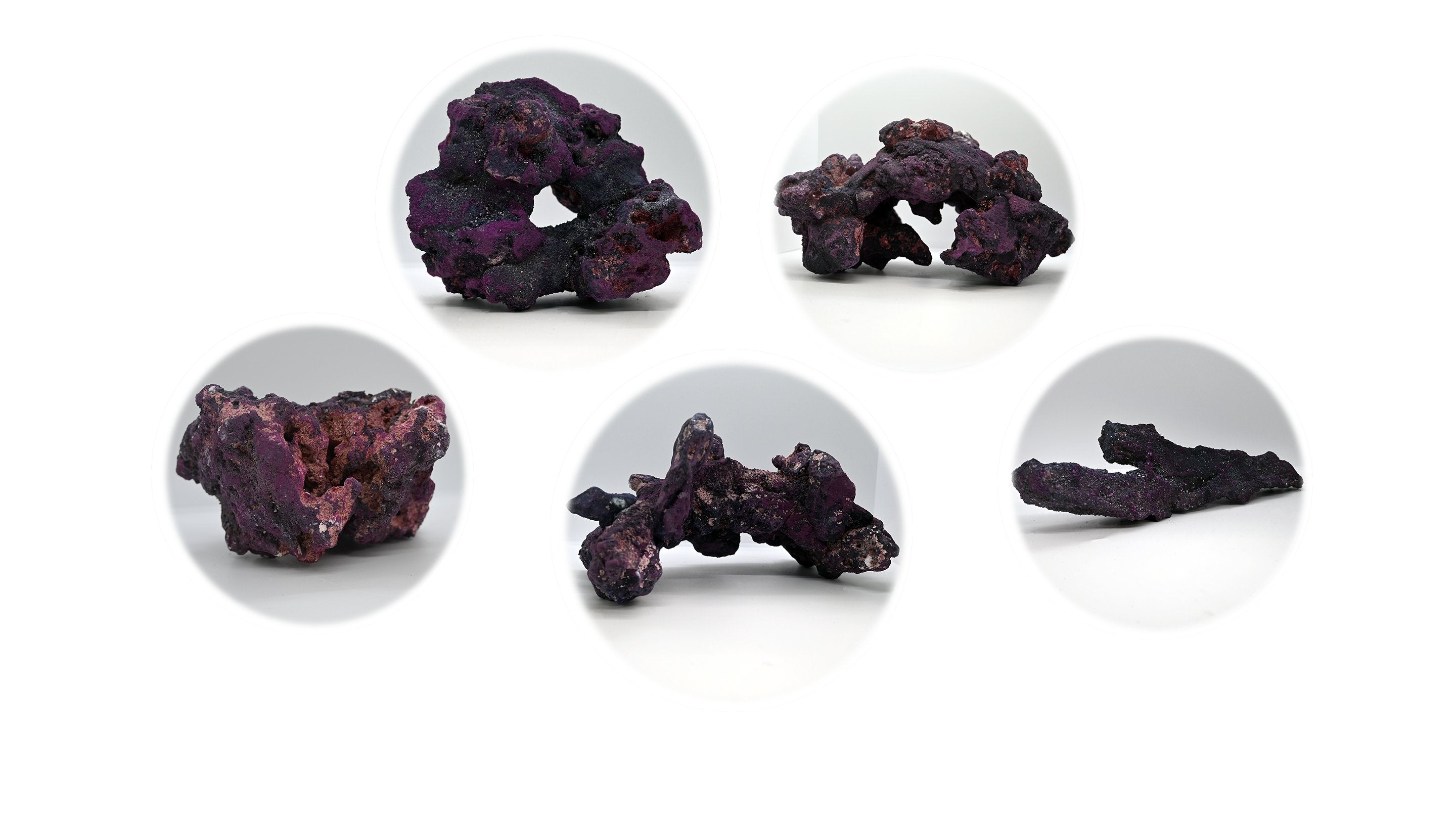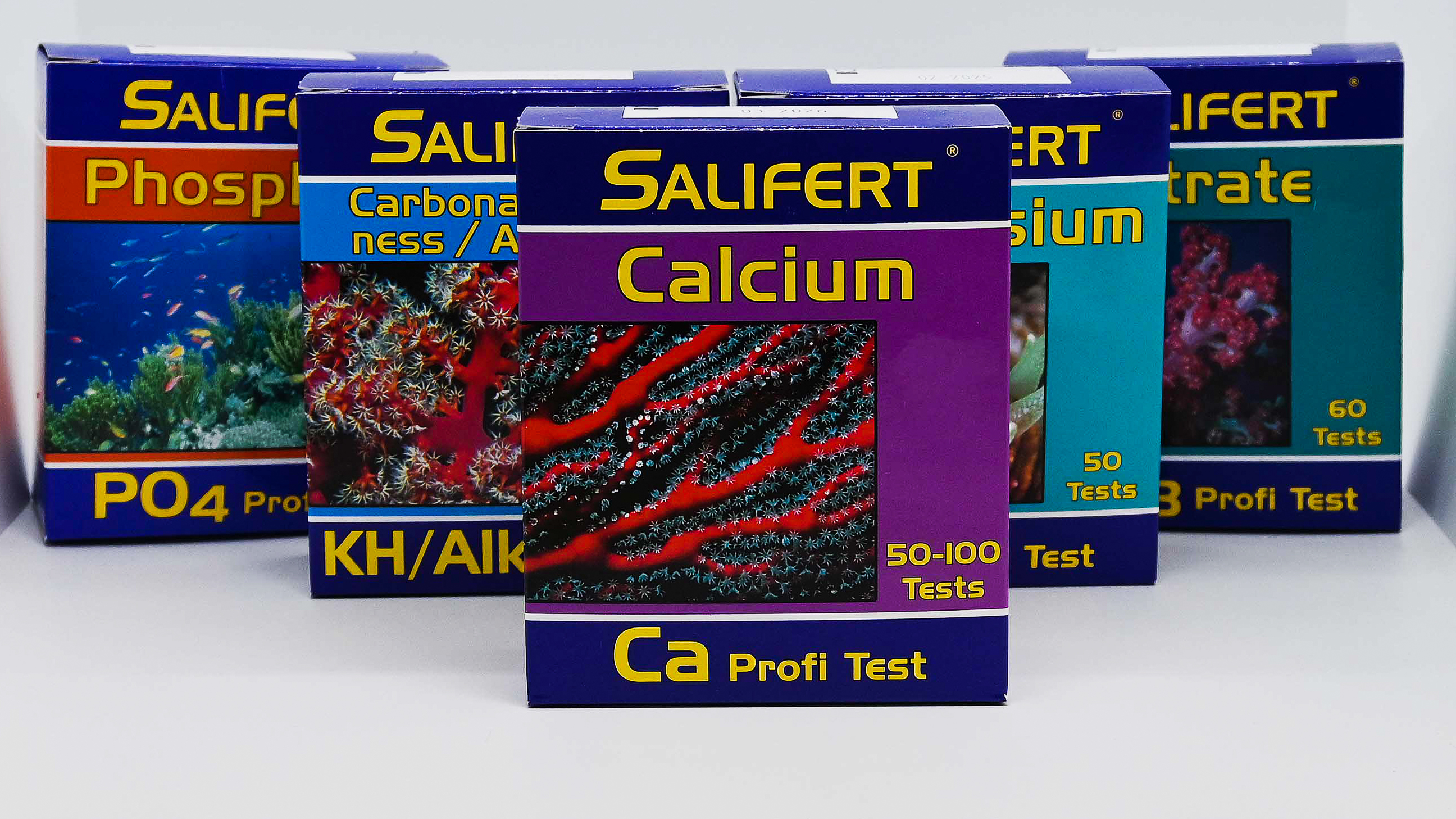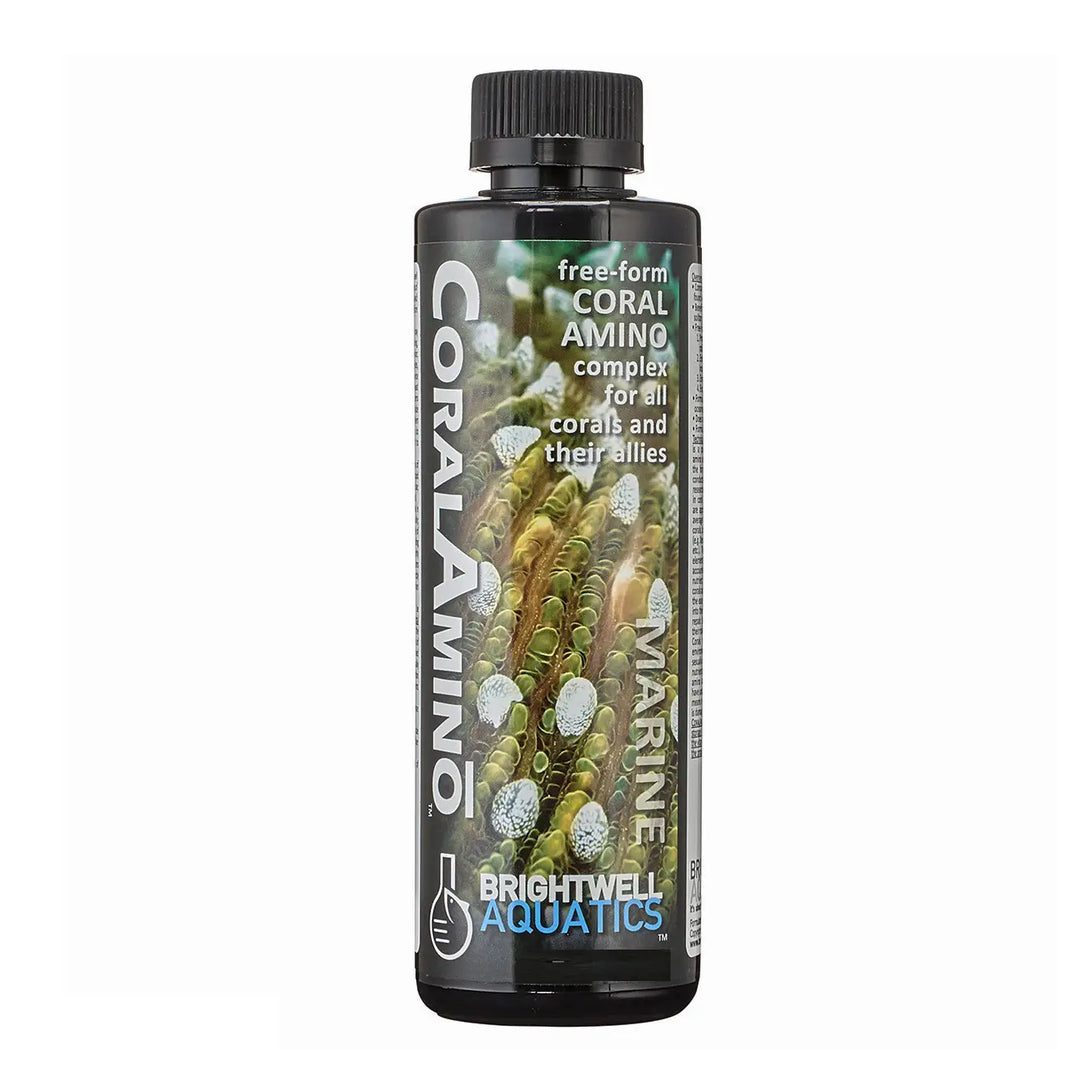
Brightwell - CoralAmino
- In stock, ready to ship
- Backordered, shipping soon
Overview
- Complex of free-form amino acids in the same ratios found within tissues of stony corals.
- Beneficial to all corals (stony and soft), as well as solitary and colonial polyps.
- Widely used by professional coral farmers to increase growth rate and coloration
- Free-form amino acids:
1. Provide the building blocks of coral tissue in ideal ratios to encourage the formation of new tissue.
2. Encourage new tissue growth to repair damage incurred during fragmentation and propagation.
3. Encourage growth by budding and fission.
4. Encourage vibrant coloration. - Formulated based on data compiled by oceanographers researching coral tissue profiles.
- Requires cool storage, not refrigeration
Sizes
250ml | 500ml
Technical Background
Brightwell Aquatics CoralAminō is a complex that closely approximates ratios of amino acids present in many species of stony corals; the formulation is based upon extensive research conducted on tropical coral reefs by oceanographic researchers. While the ratios of amino acids present in coral tissue vary between species, general ratios are approximately maintained, enabling an effective average to be created that will benefit not only stony corals, but also soft corals, solitary, and colonial polyps (e.g. Xenia, Anthelia, Zoanthus, Discoma, Actinodiscus, etc.). The amino acids are present in their most elementary form (”free-form”) rather than being accounted for by their presence in a food or complex nutrient; in this fashion, they are readily available to corals and their allies. The main benefit of this quality is the ease in which corals can assimilate the amino acids into their tissue for the purpose of growth and tissue repair. Secondary benefits of some amino acids are their role in enhancing the coloration of corals.
Corals maintained under optimal chemical and environmental conditions are able to reproduce (both sexually and asexually) more rapidly when the required nutrients are available. The presence of these free-form amino acids is particularly important to corals that have undergone, or will undergo, fragmenting or other means of propagation in which some amount of tissue is damaged.
Instructions and Guidelines
Shake product well before using. Turn protein skimmer and other forms of mechanical filtration off prior to adding CoralAminō to aquaria, and allow 10 - 15 minutes after use before resuming operation of filtration. Do not place the product's glass dropper directly into aquarium water or allow aquarium water to enter the product. Doing so will contaminate the product and encourage it to decompose. If you have gotten aquarium water on the dropper, then refrigerate the product until entirely used up. Also, clean dropper glass tube with hot water and soap. Alternately you may soak the dropper tube in hydrogen peroxide to disinfect it.
Target Feeding (recommended): Pour 1 ml (~20 drops) into a small container and suck a portion into feeding device, then slowly discharge contents 2 - 4” upstream of target organism(s). Repeat these steps as deemed necessary, and based on heavy coral load. You may increase dosage up to the Maximum dose, see below.
Broadcast Feeding: Add 1 ml (~20 drops) per 50 gallons of water in an area of rapid water movement daily. Use more if desired and you have a heavy coral load, but do not exceed the Maximum dose, see below.
Notes: A combination of target and broadcast feeding may be employed, For corals that have been damaged by parasites, disease or have fresh frag cuts on them, you may also use Restōr to boost the tissue growth rate. If so, use Restōr at different times of the day than CoralAminō. For maximum coral coloration, use KoralColor to provide exotic elements and trace minerals for corals.
Maximum Dose: The maximum recommended dosage of CoralAminō or total liquid foods is 5 ml per 50 gallons of tank capacity per day for the first few weeks of use. Thereafter the dosage can be gradually increased depending on animal load and perceived nutritional need. This quantity is suggested based on using Brightwell liquid foods. Other foods, particularly dried foods may be more polluting and caution should be exercised so that you don't overload the tank with nutrients. Pay attention to keep skimmer adjusted and other aspects of proper filtration.
Boosting the nutritional profile of any food: It is always a good idea to add vitamins, minerals and amino acids to any foods your are feeding. You can also add garlic or other healthy nutritional ingredients. Brightwell makes the following foods that are great additives, as well as are able to be added directly to the aquarium. CoralAminō, Restōr, AminŌmega,, Vitamarin-M, Vītamarin-C, Garlic Power, MaxAmino, & Angelixer.
Food Rotation: Foods for corals should be rotated to provide variety and a more complete nutritional profile. Brightwell recommends that you don't just mix all your foods together and feed the same thing every day. Feeding a broad range of nutrients will more closely simulate what animals encounter in their natural habitat. Do some research on your animals to see what their nutrional needs are. Brightwell makes a number of different planktonic and particulate foods that can be rotated to provide a more balanced diet. These can be fed in addition to the CoralAminō and Restōr which can be fed every day along with those foods. Some of them are: PhytōChrōm, PhytōGold, PhytōGreen, Zooplanktōs, Reef Blizzard A, L, O, and S, UltraPlanktōs, Macrōvore , Micrōvore, and Reef Snow.
A word about feeding Sponges: Sponges respond well to Coral Amino and to Restōr, as well as our planktonic foods such as PhytōChrōm, PhytōGold, PhytōGreen, & Zooplanktōs. In addition, it is absolutely necessary to use a silicate booster, such as SpongExel. SpongExcel will cause sponges to uptake more latent organic matter and increase their growth rate, particularly in systems housing spongivorous fishes such as marine angelfishes, butterflyfishes and the like.
Using a Doser: Coral Amino works well in most dosers. Even though we recommend shaking the bottle before use, this product stays dissolved quite well and it usually isn't necessary to stir during automatic dosing. The biggest pitfall of using an automatic doser is keeping the product fresh. Because it is basically a protein, it can rot if the preservatives are diluted, so it is best to use in a doser at full strength. If you dilute it, the preservatives will be diluted and may not keep the product fresh. If you dilute it, pay special attention to foul odors. If they occur, then rotting is occuring and you must discontinue dilution. Also, the holding vessel and tubing should be washed and rinsed well once a week or so to prevent bacteria build up. Hydrogen Peroxide (3% from a drug store) will work well as a cleaning fluid. Soak the vessel with full strength hydrogen peroxide and fill the lines with it occasionally to kill any bacteria and clean the system. You can also run it through the pump. If a little H2O2 gets into your aquarium, it won't hurt anything.
Use in Fish Foods: Coral Amino can be added to any coral food mixture to fortify it and also may be fed to fish fry or even adults or blended or used as a soak for almost any food. If feeding fish, MaxAmino is a very similar product, but designed to be consumed by vertebrate fishes. Also, AminŌmega is designed both to provide amino acids as well as Omega 3 and 6 fatty acids.
Storage: Keep in a cool dry location between 34 and 80 degrees F. Short excursions of temperature during shipping is well tolerated by the product. Freezing will not damage the product, but do not subject to repeated freezing and thawing. Refrigeration is not required, but it will significantly prolong the shelf life of the product.
Caution: Keep out of reach of children. Not for human consumption.
Guaranteed Analysis
Moisture (max) 99.00%, crude protein (min) 1.00%, crude fat (min) 0%, crude fiber (min) 0%
Ingredients
Purified water, proprietary complex of free-form amino acids, proprietary base.


